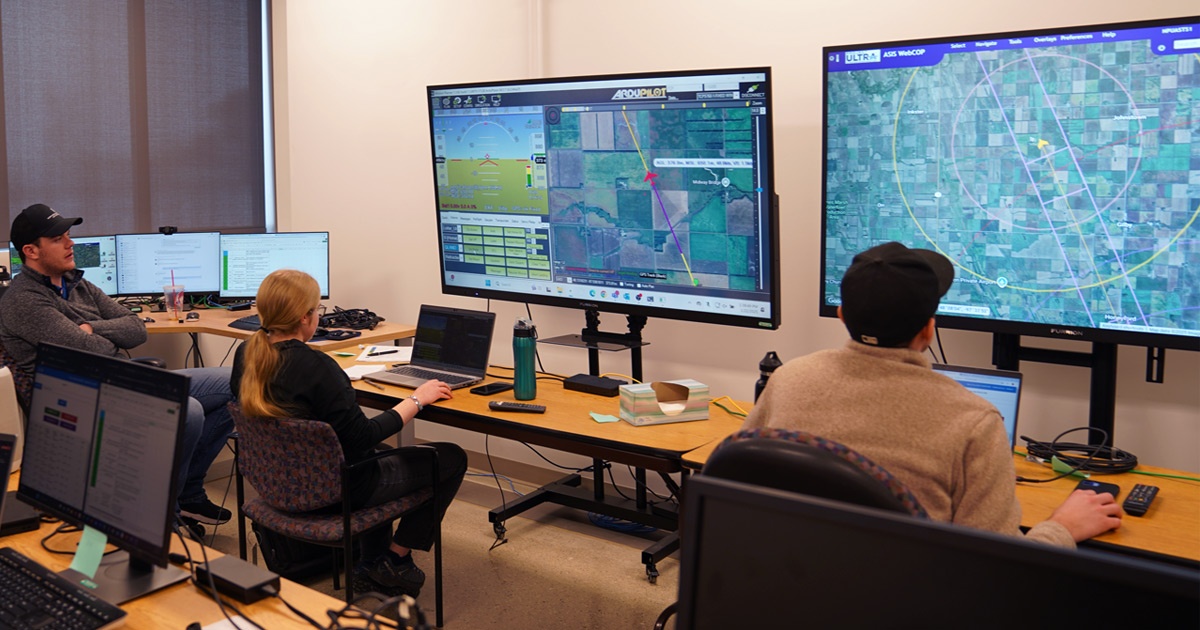How Simulations are Driving Project ULTRA Forward
The Department of Defense’s UAS Logistics Traffic Response Autonomy (ULTRA) Project is at the forefront of advancing UAS technology for logistics and transportation. To ensure the success of live delivery missions, the Northern Plains UAS Test Site was tasked to lead a series of simulations to evaluate potential contingencies.
These simulations demonstrated Unmanned Traffic Management Service Supplier (USS) integration and serve as a proactive risk mitigation strategy before real-world flights. Through comprehensive testing, Project ULTRA can identify and resolve challenges in advance, strengthening military capabilities in UAS logistics and transportation.
What is the Simulation Process?
The NPUASTS, along with its partners AFRL, NASA, and Simulyze, recently conducted three simulation events using the GrandSKY ASIS Core. Each simulation event tested multiple scenarios to identify a wide range of potential operational challenges.
These simulation events and scenarios were designed to test specific tasks outlined by the Office Under Secretary of Defense (OUSD). Each task was tested across all five phases of flight: takeoff, departure, enroute, arrival, and landing. To accurately represent each task within its respective phase, scenarios were developed to simulate real-world situations relevant to both the task and phase.
- Thirty-nine scenarios were tested, supported by Simulyze, in Simulation Event 1
- Nine scenarios were tested, supported by AFRL and Simulyze, in Simulation Event 2
- Nine scenarios were tested, supported by NASA and Simulyze, in Simulation Event 3
What Scenarios are Being Simulated?
The scenarios that were tested during simulation events encompass a variety of situations commonly encountered in UAS operations. They provide insights into Project ULTRA’s operational framework and serve as a foundation to confirm operational readiness, enhance risk mitigation, and refine policy and procedures. Key areas of focus include:
- Deconfliction for Non-Participants – Ensure the safe operation of Project ULTRA flights in shared airspace.
- Lost Link Behaviors – Evaluate how the aircraft responds when communication is lost between the aircraft and the pilot.
- Inclement Weather Diversion – Maintain safe aircraft operations in conditions hazardous to the safety of flight.
The Future of Project ULTRA
Project ULTRA will continue to refine its UAS capabilities through ongoing simulations, rigorous testing, and real-world flight demonstrations. By leveraging advanced technologies and strengthening collaborations with key industry leaders such as AFRL, GrandSKY, NASA, and Simulyze, the project will enhance autonomous logistics and transportation solutions. These efforts will support integration of UAS into the National Airspace System, paving the way for a safer, more efficient, and scalable future within the UAS industry.

